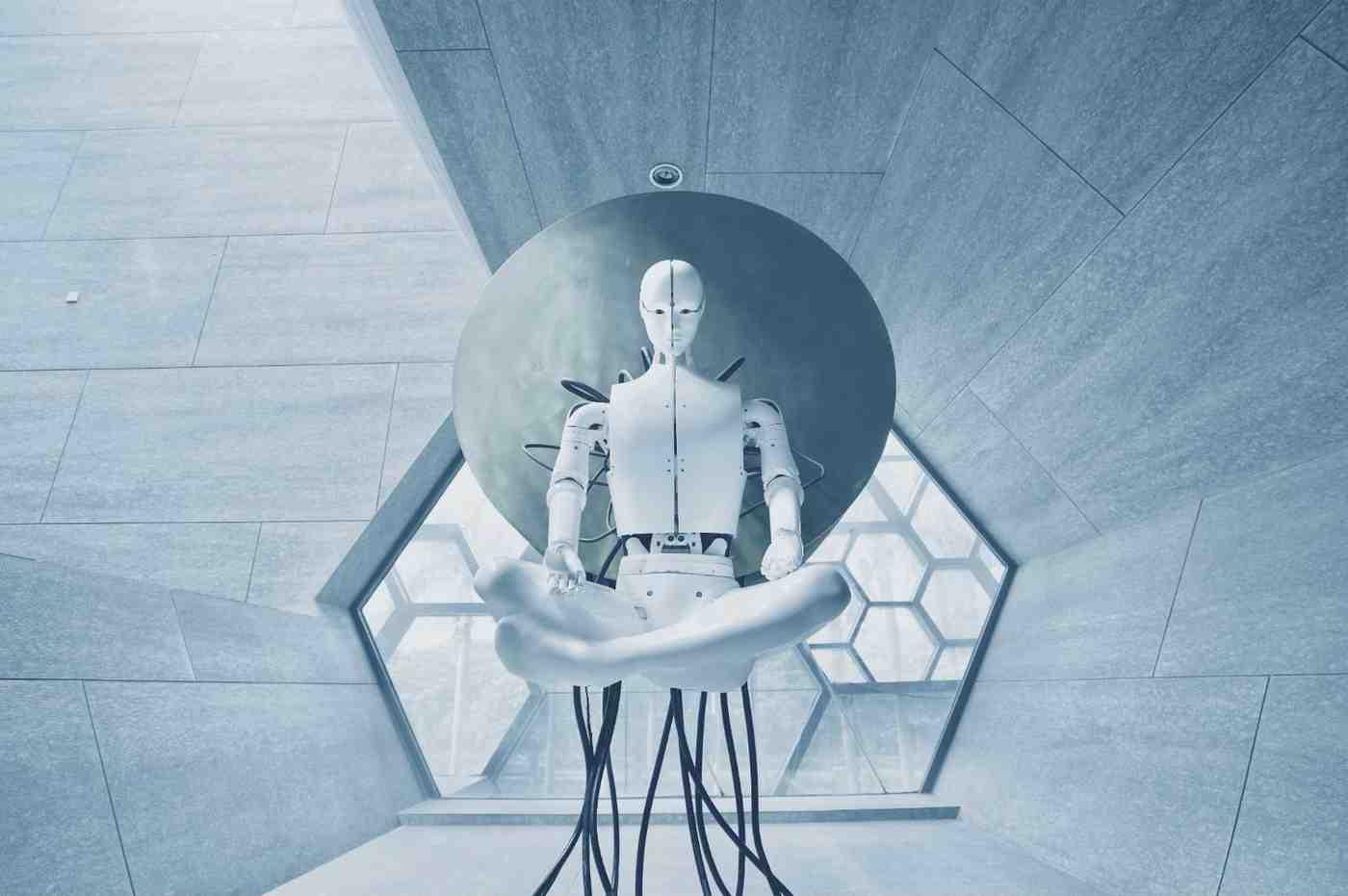How Blockchain Technology Powers Web3
A deep dive into the symbiotic relationship between blockchain and Web3. Understand how blockchain's core features of decentralization and immutability are the bedrock of the new internet.

The vision of Web3, a decentralized, user-owned internet, is made possible by one foundational technology: the blockchain. A blockchain is the architectural backbone of Web3, providing the trustless, permissionless, and resilient infrastructure upon which this new digital world is built. Without blockchain, the core promises of Web3 would be impossible to achieve.
This guide explores the deep, symbiotic relationship between blockchain technology and Web3, breaking down exactly how a blockchain's core properties enable the shift from a centralized Web2 to a decentralized Web3.
The Problem: Web2's Centralized Foundation
The current internet (Web2) is built on a client-server model. Data and applications are stored on centralized servers owned and controlled by corporations like Google, Meta, and Amazon. This architecture has fundamental flaws that Web3 seeks to solve:
- Central Points of Failure: If an AWS server goes down, a huge portion of the internet goes down with it.
- Censorship and Control: The platform owners have absolute control. They can change the rules, censor content, or de-platform users at will.
- Data Exploitation: User data is a commodity, harvested and monetized by the platforms without direct compensation to the users who create it.
Blockchain as the Solution: A New Foundation
Blockchain technology provides a new foundation for the internet that is inherently decentralized. It's a distributed ledger, a shared database maintained by a network of computers around the world. No single entity owns or controls it. This architecture directly addresses Web2's flaws through its core properties:
1. Decentralization: The Shift from Dictatorship to Democracy
A blockchain is not a single computer; it's a network of thousands. This distribution of power is the most critical element it brings to Web3.
- How it Powers Web3: Instead of a dApp living on a single server owned by a company, it runs on a public blockchain, distributed across thousands of independent nodes.
- Practical Insight: This means no single entity can shut down the application. A dApp like Uniswap will continue to run as long as the Ethereum network exists, regardless of what happens to the original development team. It provides a level of resilience and censorship resistance that is impossible in Web2.
2. Immutability: A Tamper-Proof Record of History
Transactions recorded on a blockchain are permanent and cannot be altered or deleted. This is achieved through cryptographic hashing, where each block is linked to the one before it, creating an unbreakable chain.
- How it Powers Web3: This immutability creates a trusted, auditable record of all activity. It's the foundation of digital ownership. When you own an NFT, your ownership is recorded on the blockchain in a way that cannot be disputed or changed without your consent.
- Practical Insight: This is what gives digital assets real value. An in-game item that is an NFT has a verifiable history and provable scarcity that a traditional item stored in a company's private database can never have.
3. Smart Contracts: The Engine of Automation
Blockchains like Ethereum introduced the concept of smart contracts, which are self-executing programs that run on the blockchain.
- How it Powers Web3: Smart contracts are the building blocks of Web3 applications. They allow for the creation of complex, automated systems that run without intermediaries. They are the "backend" of the decentralized web.
- Practical Insight: The entire DeFi ecosystem is powered by smart contracts. A lending protocol like Aave uses smart contracts to automate the process of lending and borrowing, enforcing rules around collateral and interest rates without the need for a bank.
4. Native Digital Value: The Fuel for the Economy
Blockchains have their own native digital currencies (like ETH on Ethereum) that are used to pay for network usage ("gas fees") and to reward those who secure the network.
- How it Powers Web3: This creates a built-in, internet-native economic layer. It allows for the seamless transfer of value between users and applications without relying on the traditional banking system.
- Practical Insight: This economic layer is what enables "Play-to-Earn" gaming models, allows creators to be paid directly by their fans, and facilitates the freelance "gig economy" of DAOs.
Conclusion: The Bedrock of the New Internet
Blockchain is not just a feature of Web3; it is its essential and defining infrastructure. It provides the decentralized, trustless, and economically active foundation required to build an internet that is owned by its users. The transparency of the ledger, the immutability of its records, the automation of smart contracts, and the native transfer of value are the fundamental primitives that developers are using to construct a new digital world. Understanding how blockchain technology powers Web3 is the first and most important step to understanding the future of the internet itself.
Frequently Asked Questions
1. What is a blockchain?
A blockchain is a decentralized, distributed, and immutable digital ledger used to record transactions. It's the foundational technology that makes Web3 possible by providing a secure and transparent way to record information without a central authority. For a full explanation, see our guide, "What is a Blockchain?".
2. Can Web3 exist without blockchain?
No. The core principles of Web3—decentralization, user ownership, and trustless interactions—are all made possible by the unique properties of blockchain technology.
3. How do smart contracts work?
Smart contracts are programs stored on a blockchain that automatically execute when specific conditions are met. They are the "backend" logic of Web3 applications, automating everything from financial transactions in DeFi to voting in DAOs.
4. Why is decentralization so important for Web3?
Decentralization removes single points of failure and control. This makes Web3 applications more resilient, censorship-resistant, and equitable, as they are not controlled by a single corporation or government.
5. What are some examples of Web3 applications powered by blockchain?
The most prominent examples include DeFi protocols like Uniswap for trading, NFT platforms like OpenSea for digital collectibles, and DAOs like MakerDAO for community governance.


